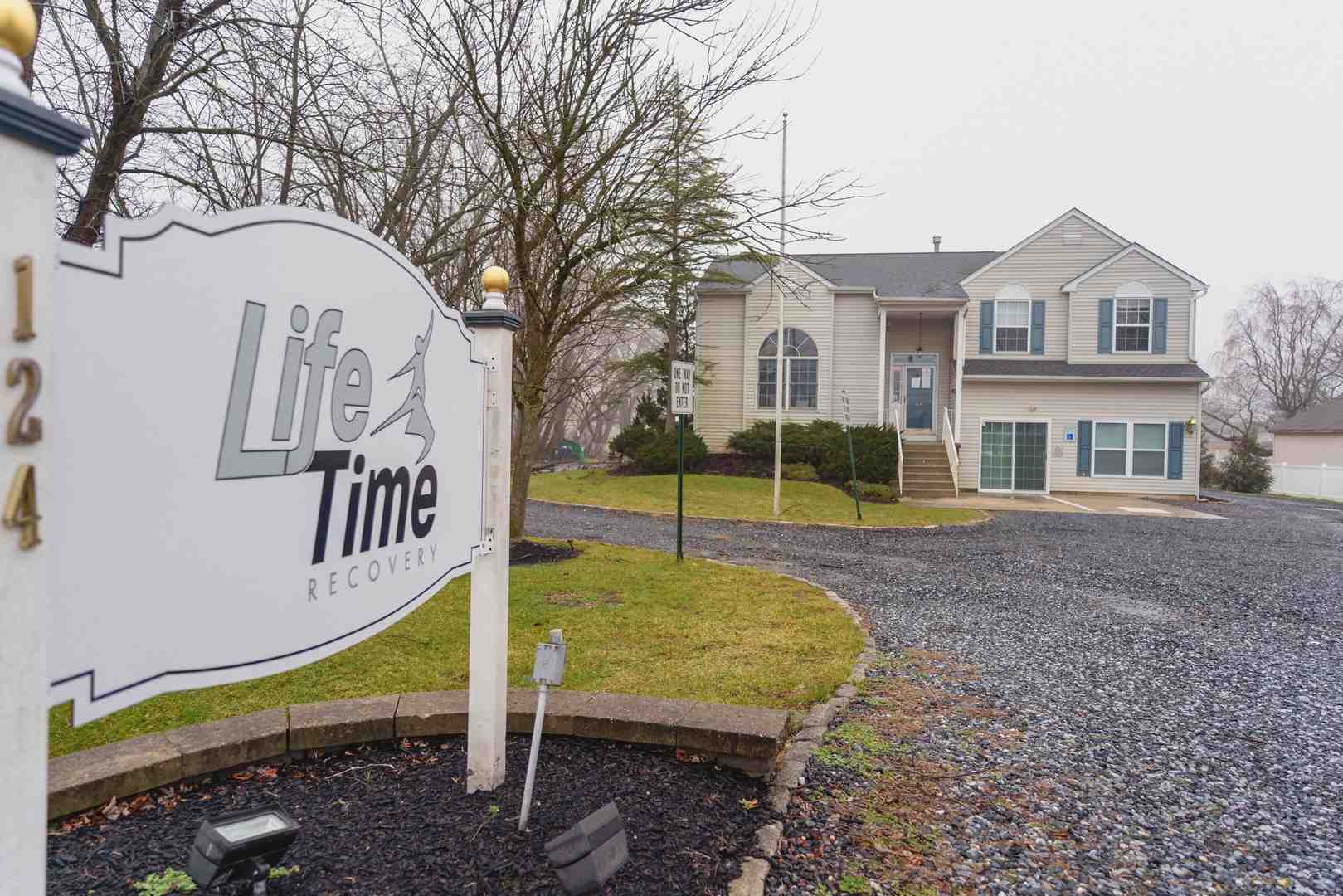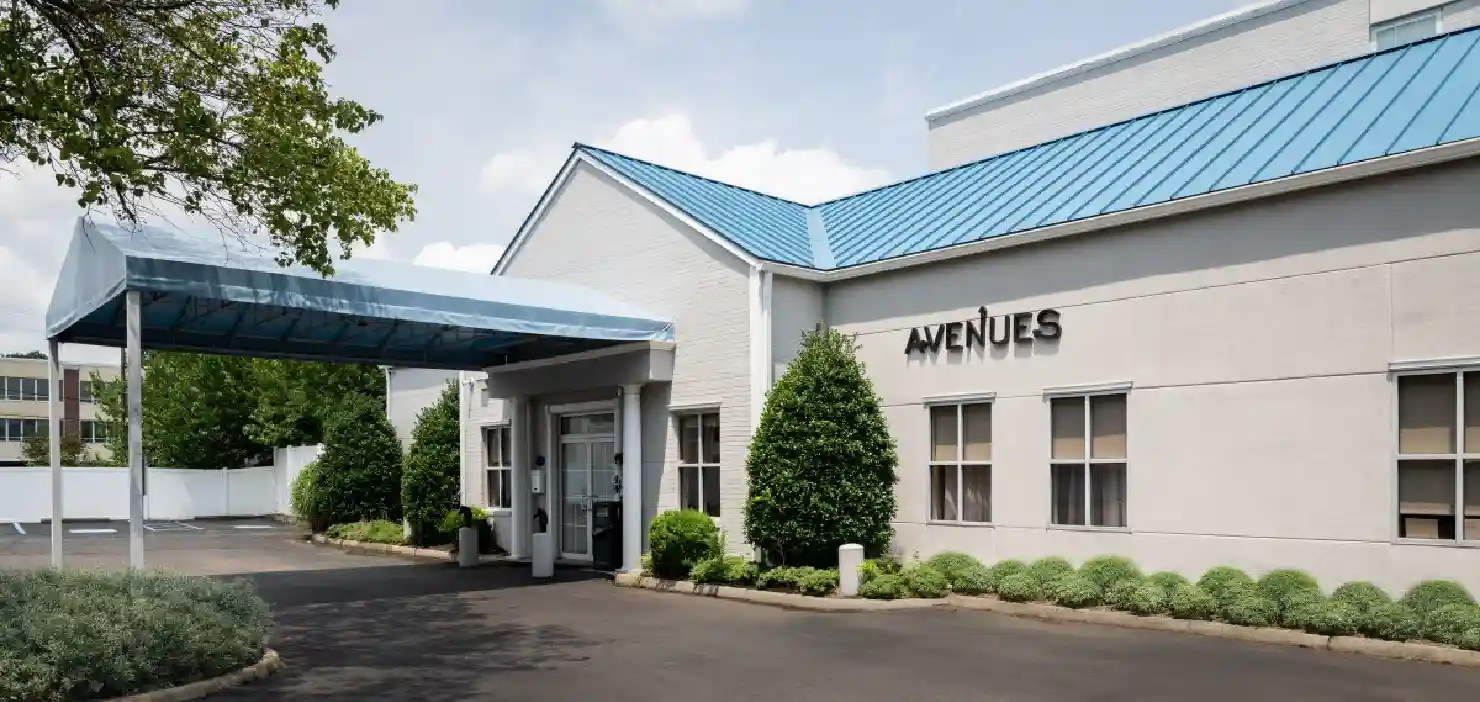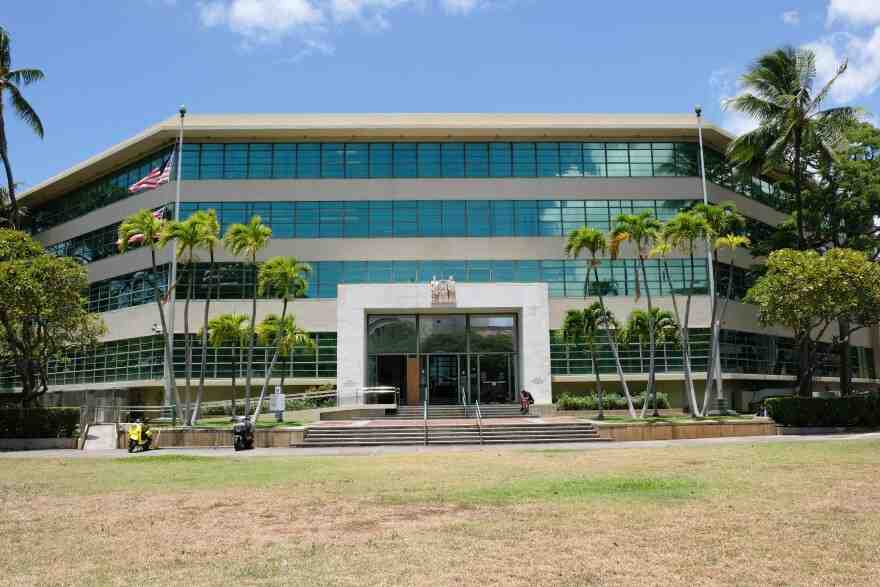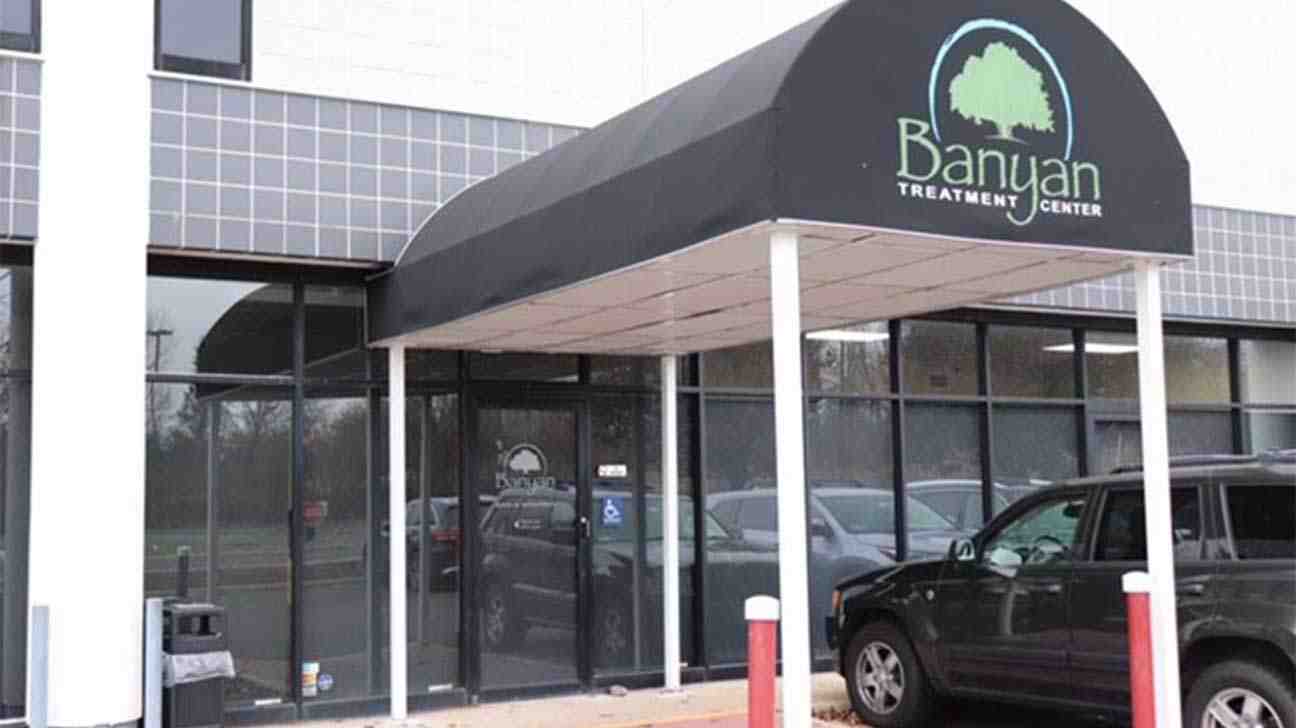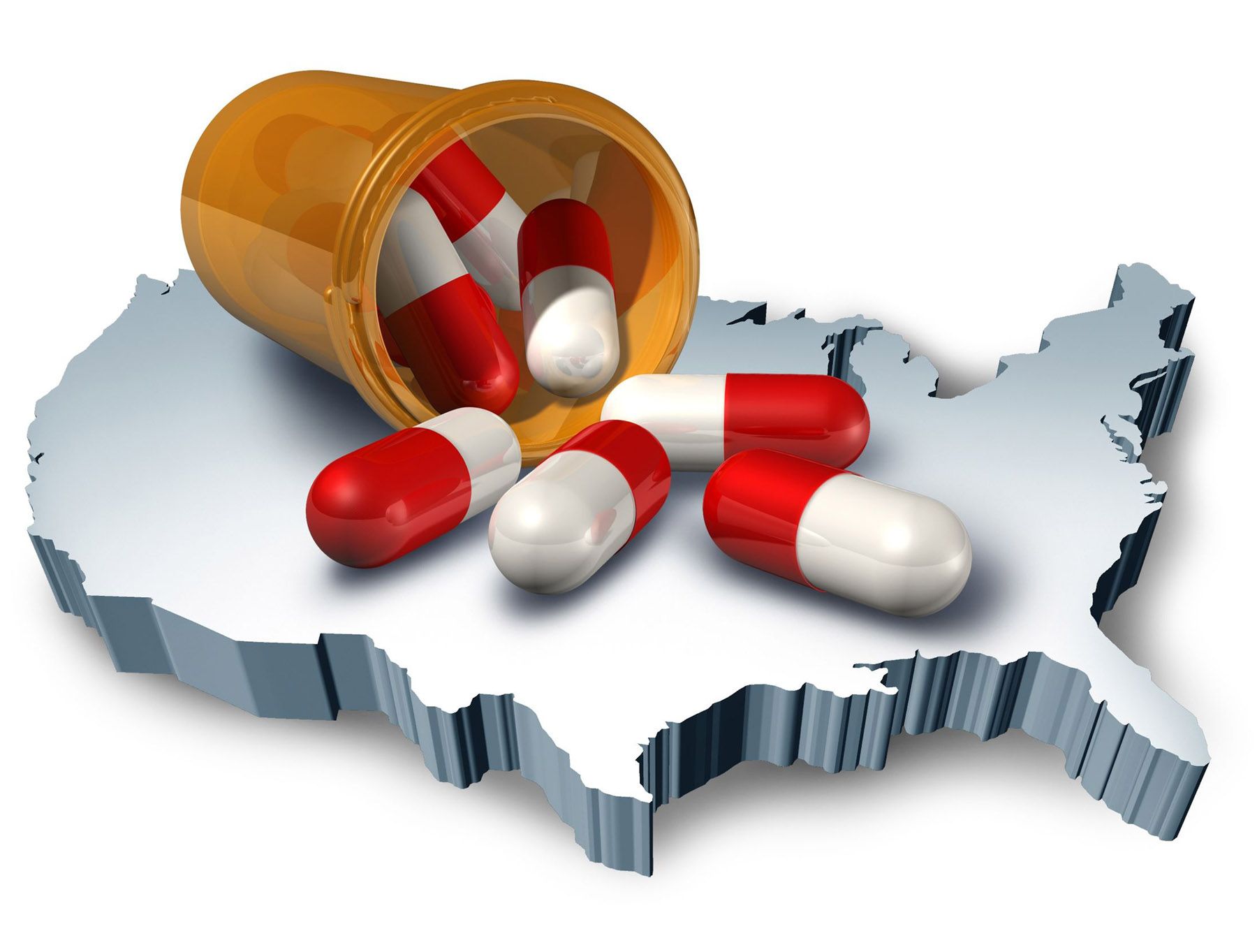
Prescription drug abuse has emerged as one of the most critical public health crises of the 21st century. Unlike illicit drugs, prescription medications are legally available through healthcare providers, which can create a false sense of safety. However, misuse of these drugs—whether by taking higher doses than prescribed, using them without a prescription, or combining them dangerously—can be just as harmful and addictive as street drugs. Prescription drug abuse affects people of all ages and backgrounds and can lead to devastating health, legal, and social consequences. Understanding the nature of this problem is essential to prevention, early intervention, and recovery. This article explores the causes, risk factors, consequences, and treatment options related to prescription drug abuse.
What Is Prescription Drug Abuse?
Prescription drug abuse refers to the misuse of medications that are legally prescribed by doctors. This includes taking a drug in a way not intended by the prescribing physician, such as taking higher doses, using it more frequently, or taking someone else’s prescription. Some individuals abuse these drugs to get high, manage stress, or improve academic or athletic performance.
Common categories of abused prescription drugs include:
- Opioids: Used to treat pain (e.g., oxycodone, hydrocodone, morphine)
- Central nervous system (CNS) depressants: Used to treat anxiety or sleep disorders (e.g., benzodiazepines like Xanax, Ativan)
- Stimulants: Prescribed for ADHD or narcolepsy (e.g., Adderall, Ritalin)
Although these medications have legitimate medical uses, their powerful effects on the brain’s reward system can lead to dependence and addiction when not used as prescribed.
Prevalence and Scope of the Problem
Prescription drug abuse has grown dramatically over the past two decades, fueled in part by overprescription, lack of awareness, and social accessibility.
National Statistics
According to the 2022 National Survey on Drug Use and Health (NSDUH):
- About 14.3 million people aged 12 or older reported misusing prescription drugs in the past year.
- 5.5 million misused prescription pain relievers.
- 4.9 million misused tranquilizers or sedatives.
- 3.7 million misused prescription stimulants.
Demographics Affected
Prescription drug abuse affects all age groups, including:
- Teenagers: Often misuse stimulants for academic performance or recreational use.
- Adults: May develop dependence on opioids or sedatives due to chronic health conditions or mental health struggles.
- Older adults: Frequently prescribed multiple medications, making accidental misuse or dependency more likely.
Causes and Risk Factors
Prescription drug abuse is typically the result of multiple interrelated factors. Understanding these can help with prevention and early identification.
Medical Exposure
People who are prescribed medications for legitimate reasons can become dependent, especially with opioids or benzodiazepines. Tolerance builds over time, often leading to dose escalation.
Psychological Factors
Mental health disorders such as depression, anxiety, PTSD, and ADHD are strongly correlated with prescription drug misuse. Individuals may self-medicate to cope with distressing emotions.
Environmental and Social Factors
- Peer pressure: Especially among teens and young adults
- Lack of education: Misunderstanding the addictive potential of certain medications
- Family history: Genetics and home environment influence substance use tendencies
Easy Access
Prescription medications are often more accessible than illicit drugs. Many obtain them from friends, family members, or even their own unused prescriptions.
Call Now – Your Journey to Recovery Begins Today!
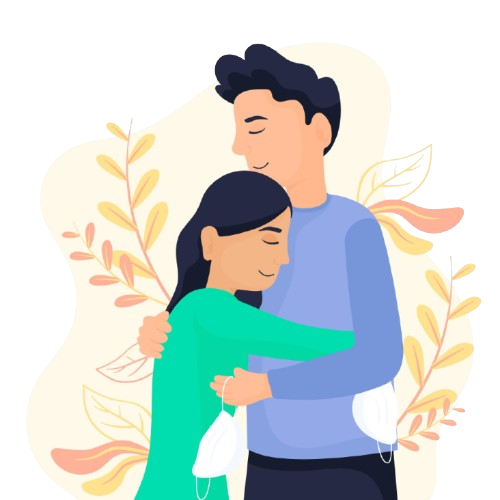
Take the first step towards a healthier life! Call now to connect with our compassionate team and start your recovery journey today. Your path to healing awaits!
Our recovery specialists are available 24/7 to provide support, and all calls are confidential and free. Reach out anytime – we’re here to help!
Commonly Abused Prescription Drug Classes
Prescription drug abuse typically centers around three main drug classes, each with different effects and dangers.
Opioids
Used to treat pain, opioids produce euphoria by stimulating opioid receptors in the brain. Popular abused opioids include:
- Oxycodone (OxyContin, Percocet)
- Hydrocodone (Vicodin)
- Morphine
- Fentanyl
Long-term misuse can lead to respiratory depression, overdose, and death. Fentanyl, a synthetic opioid, is especially potent and frequently involved in fatal overdoses.
CNS Depressants
These drugs slow brain activity and are used for anxiety, insomnia, and panic disorders. Misused drugs in this category include:
- Diazepam (Valium)
- Alprazolam (Xanax)
- Clonazepam (Klonopin)
- Barbiturates
Misuse can cause memory problems, slowed breathing, and dependence. Withdrawal from long-term use can be life-threatening.
Stimulants
Prescribed for ADHD and narcolepsy, stimulants increase energy and focus. Commonly abused stimulants include:
- Amphetamine/dextroamphetamine (Adderall)
- Methylphenidate (Ritalin, Concerta)
When misused, stimulants can cause heart problems, paranoia, and addiction.
Signs and Symptoms of Abuse
Recognizing the signs of prescription drug abuse can lead to early intervention and improved outcomes.
Behavioral Signs
- Doctor shopping (visiting multiple providers for prescriptions)
- Taking higher doses than prescribed
- Using medication for purposes other than intended
- Stealing or forging prescriptions
- Neglecting responsibilities at work or home
Physical Symptoms
- Drowsiness or sedation (especially with opioids or sedatives)
- Changes in sleep patterns
- Weight fluctuations
- Slurred speech
- Poor coordination
Psychological Symptoms
- Mood swings
- Irritability or aggression
- Paranoia (common with stimulant abuse)
- Confusion or memory loss
- Anxiety or depressive symptoms
Health Risks and Long-Term Consequences
Prescription drug abuse can lead to serious health complications, many of which may become chronic or life-threatening.
Physical Health Effects
- Respiratory failure: Especially from opioid or sedative overdose
- Liver damage: From drugs metabolized by the liver or when combined with alcohol
- Cardiovascular problems: Particularly with stimulant misuse
- Seizures: Common during withdrawal from sedatives or stimulants
Psychological Consequences
- Worsening of existing mental health disorders
- Drug-induced psychosis
- Suicidal ideation or self-harming behavior
Risk of Overdose
Overdose is a significant risk, particularly with opioids and CNS depressants. Symptoms include:
- Shallow breathing
- Unconsciousness
- Blue lips or fingertips
- Slow heart rate
In many cases, prescription drug overdoses are fatal, especially when multiple drugs are mixed.
Call Now – Your Journey to Recovery Begins Today!

Take the first step towards a healthier life! Call now to connect with our compassionate team and start your recovery journey today. Your path to healing awaits!
Our recovery specialists are available 24/7 to provide support, and all calls are confidential and free. Reach out anytime – we’re here to help!
Diagnosis and Assessment
Healthcare professionals use various tools and methods to diagnose prescription drug abuse.
Clinical Interviews
Doctors assess the patient’s substance use history, mental health, and physical symptoms. They may use standardized screening tools like the Drug Abuse Screening Test (DAST).
Physical Exams and Lab Tests
Urine drug screens and blood tests can confirm the presence of substances. Long-term misuse may require imaging or additional diagnostics to assess organ damage.
Criteria for Substance Use Disorder
The DSM-5 outlines specific criteria for substance use disorders, including tolerance, withdrawal, cravings, and impaired control. Meeting several criteria may lead to a diagnosis of mild, moderate, or severe substance use disorder.
Treatment Options
Prescription drug addiction is treatable with a comprehensive, individualized approach. Successful treatment often includes a combination of medical, psychological, and behavioral interventions.
Detoxification
Medical detox is the first step, especially for patients dependent on opioids or CNS depressants. Withdrawal symptoms can be severe and require medical monitoring.
- Opioid withdrawal: Muscle aches, nausea, sweating, agitation
- Benzodiazepine withdrawal: Seizures, hallucinations, insomnia
Inpatient Rehabilitation
Inpatient or residential programs provide structured care, 24-hour supervision, and therapeutic services. These programs are effective for individuals with severe addiction or co-occurring disorders.
Outpatient Treatment
Outpatient programs allow flexibility and are suitable for individuals with less severe conditions or strong support systems. They typically include individual therapy, group therapy, and educational sessions.
Medication-Assisted Treatment (MAT)
MAT is especially effective for opioid and sedative abuse.
- Methadone: Reduces cravings and withdrawal symptoms for opioid users
- Buprenorphine (Suboxone): A partial opioid agonist that helps reduce dependency
- Naltrexone: Blocks the euphoric effects of opioids and alcohol
For benzodiazepine or stimulant abuse, tapering doses under medical supervision is the typical approach.
Behavioral Therapies
- Cognitive Behavioral Therapy (CBT): Helps identify and change harmful thoughts and behaviors
- Motivational Interviewing: Encourages patients to commit to change
- Contingency Management: Uses incentives to reinforce sobriety
- 12-Step Facilitation: Encourages participation in mutual-help groups
Support Systems and Peer Groups
Support networks are crucial for long-term recovery. Programs like Narcotics Anonymous (NA) or SMART Recovery provide accountability, encouragement, and a sense of community.
Dual Diagnosis and Mental Health
Many individuals who abuse prescription drugs also suffer from mental health disorders. Treating both conditions simultaneously is essential for recovery.
Common Co-Occurring Conditions
- Depression
- Anxiety disorders
- PTSD
- Bipolar disorder
- Personality disorders
Integrated Treatment Approaches
An integrated approach includes coordinated care for both substance use and mental health, often involving:
- Psychiatric evaluation
- Medication management
- Therapy tailored for dual diagnosis
- Holistic practices (yoga, mindfulness, art therapy)
Relapse Prevention
Recovery from prescription drug abuse is a long-term process. Preventing relapse requires planning, support, and coping strategies.
Identifying Triggers
Common relapse triggers include:
- Stress
- Pain (physical or emotional)
- Social pressure
- Boredom
- Exposure to prescription medications
Creating a Relapse Prevention Plan
A strong plan should include:
- Coping skills (e.g., exercise, journaling, relaxation techniques)
- A sober support network
- Regular therapy or counseling
- Accountability (sober mentors, sponsors)
Aftercare Programs
Aftercare provides ongoing support after treatment and may include:
- Sober living homes
- Outpatient follow-up care
- Peer support meetings
- Continued therapy or counseling
Societal Impact
Prescription drug abuse not only affects individuals but also imposes heavy burdens on families, healthcare systems, and society at large.
Economic Costs
- Healthcare costs due to overdose and chronic conditions
- Lost productivity in the workforce
- Increased criminal justice expenses
The Centers for Disease Control and Prevention (CDC) estimates that prescription opioid abuse alone costs the U.S. economy over $78.5 billion annually.
Impact on Families
Families experience emotional turmoil, financial strain, and loss of trust. Children of addicted parents are at greater risk of neglect, abuse, and developing substance use disorders themselves.
Criminal Justice Consequences
Many people involved in prescription drug abuse face legal issues related to illegal possession, fraud, or driving under the influence. Reform efforts increasingly advocate for treatment over incarceration.
Call Now – Your Journey to Recovery Begins Today!

Take the first step towards a healthier life! Call now to connect with our compassionate team and start your recovery journey today. Your path to healing awaits!
Our recovery specialists are available 24/7 to provide support, and all calls are confidential and free. Reach out anytime – we’re here to help!
Getting Help
If you or someone you love is struggling with prescription drug abuse, help is available. Early intervention can save lives and prevent long-term harm.
Addiction Helpline America offers compassionate guidance and access to trusted treatment centers across the country.
Call our 24/7 confidential hotline at (844) 561-0606 to speak with a recovery specialist and begin your path to healing.
Final Thoughts
Prescription drug abuse is a widespread and complex problem that affects millions of individuals and their families every year. Though these medications serve legitimate medical purposes, their misuse can lead to life-threatening consequences and long-term addiction. Addressing the issue requires a multi-pronged approach that includes education, prevention, effective treatment, and ongoing support. By recognizing the signs of abuse, reducing stigma, and promoting compassionate care, we can empower more people to seek help and begin the journey to recovery. With the right treatment, support, and commitment, healing from prescription drug abuse is not only possible—it is entirely achievable.
What are the signs of prescription drug abuse?
Signs of prescription drug abuse may include mood swings, drowsiness or sedation, memory problems, changes in behavior, doctor shopping, and physical symptoms like slurred speech or poor coordination.
Can prescription drug abuse lead to addiction?
Yes, prescription drug abuse can lead to addiction. Over time, misuse of medications can cause physical dependence, meaning the body needs the drug to function normally, and psychological addiction, which involves cravings and compulsive use.
Is it dangerous to stop using prescription drugs suddenly?
Yes, suddenly stopping prescription drugs, especially opioids or benzodiazepines, can cause severe withdrawal symptoms, including seizures, nausea, anxiety, and even life-threatening complications. It is important to seek medical advice for a safe detox process.
How can prescription drug abuse be treated?
Treatment for prescription drug abuse often involves detoxification under medical supervision, behavioral therapy, and medication-assisted treatment (MAT). Inpatient or outpatient rehabilitation programs also play an essential role in recovery.
How can I prevent prescription drug abuse in my family?
Preventing prescription drug abuse involves properly storing medications, disposing of unused prescriptions safely, talking to children and teens about the dangers of misuse, and ensuring that prescriptions are only used by the person for whom they are prescribed.
Our helpline is 100%
free & confidential
If you or someone you care about is struggling with drug or alcohol addiction, we can help you explore your recovery options. Don’t face this challenge alone—seek support from us.
Programs
Resources
Will my insurance
cover addiction
treatment?
We're ready to help
Find the best
drug or alcohol treatment
center
Are you or a loved one struggling with addiction? Call today to speak to a treatment expert.









